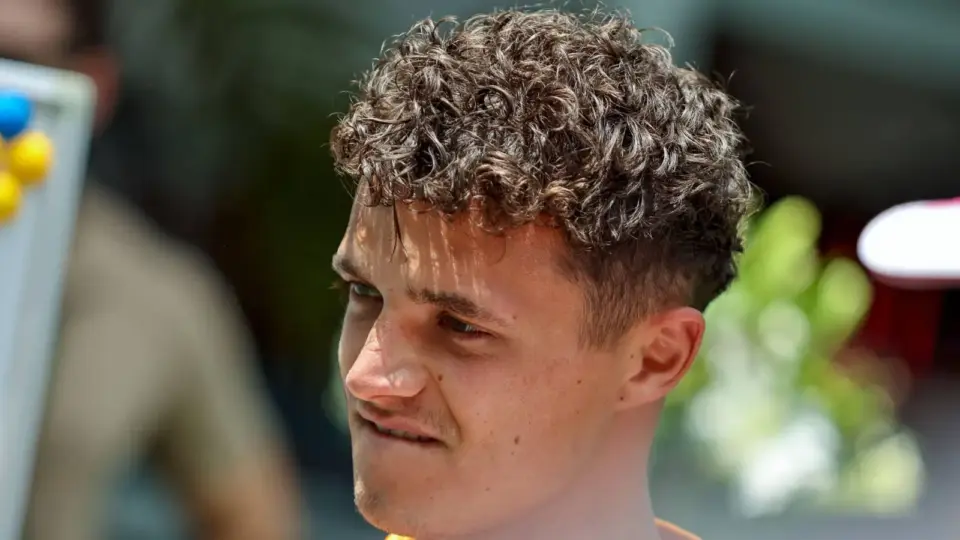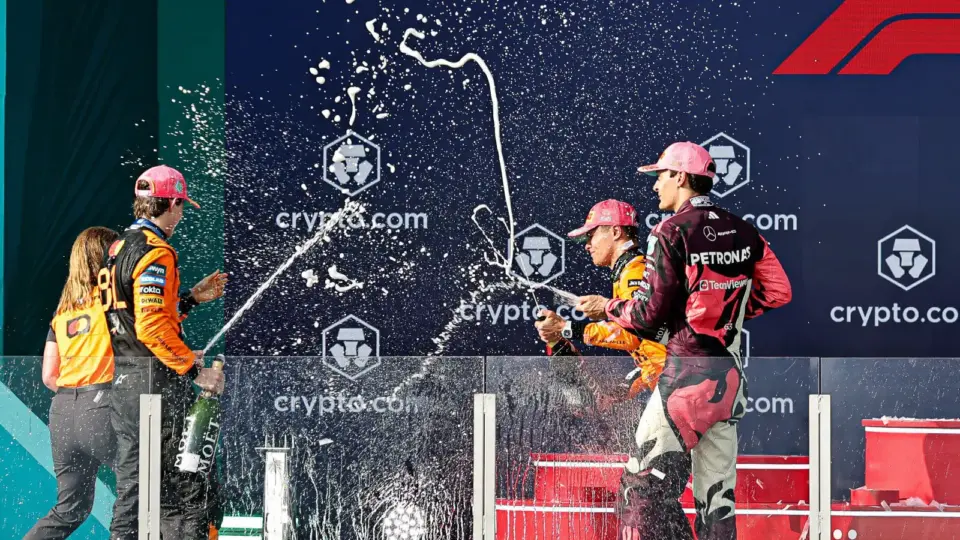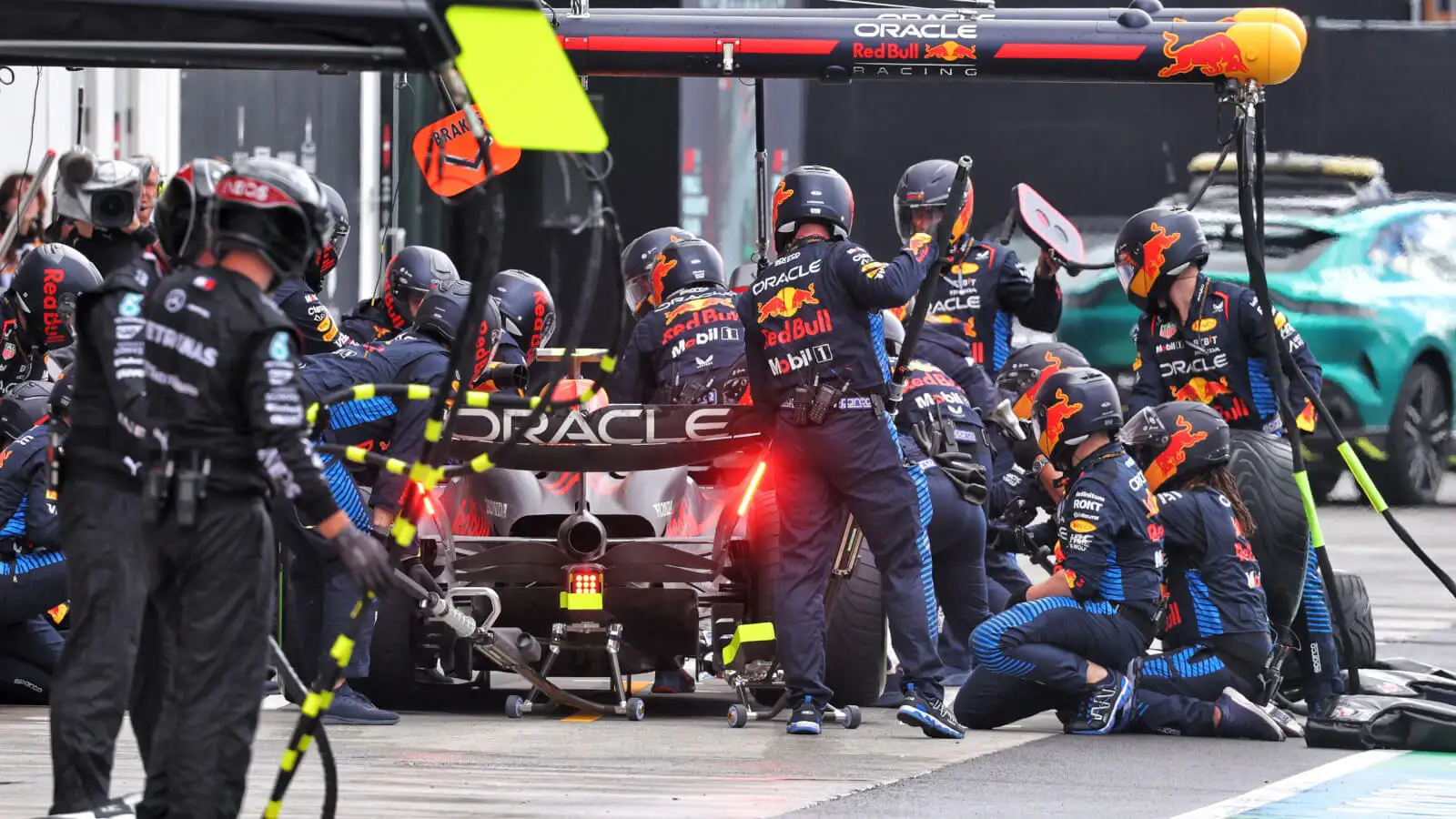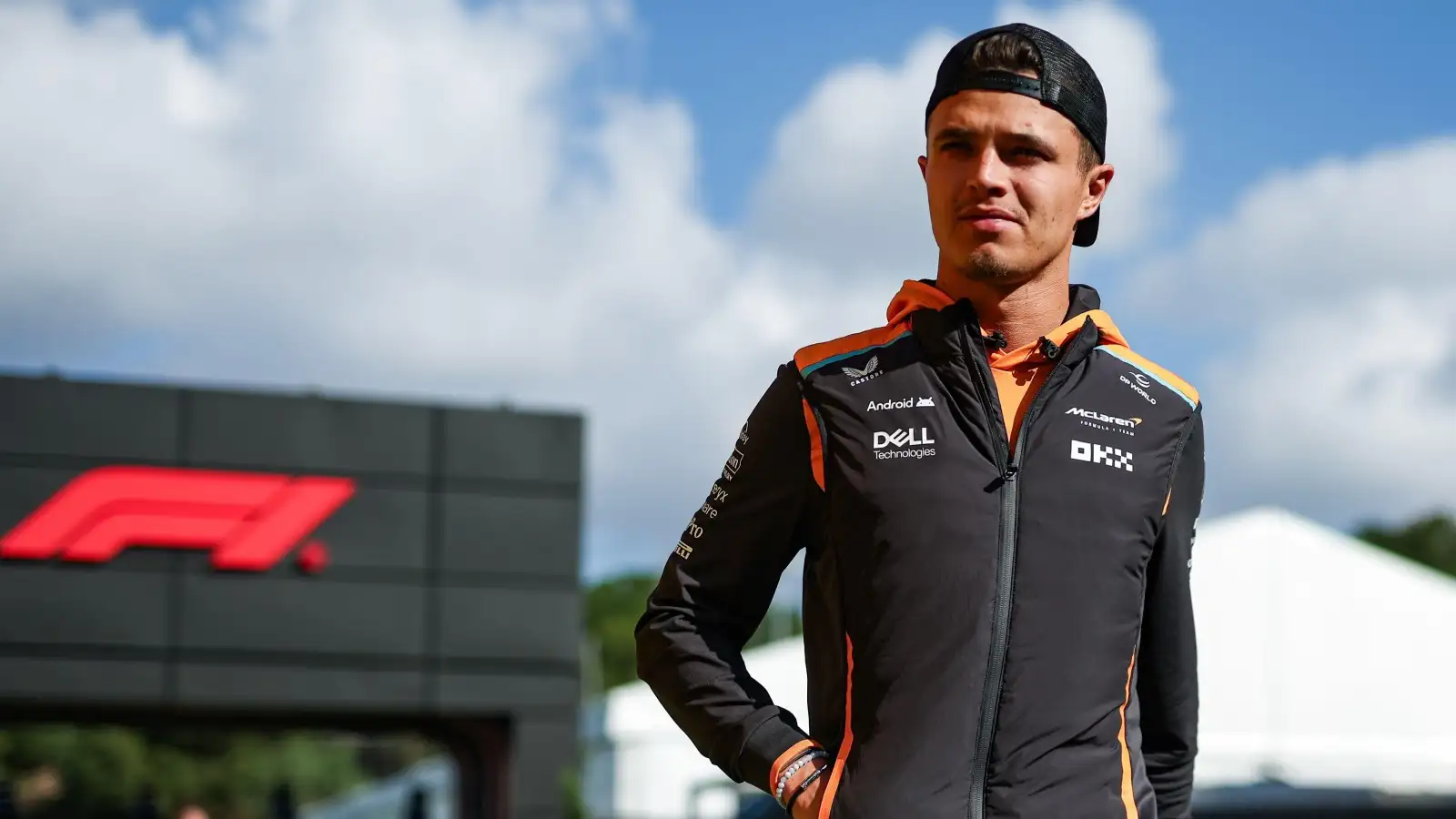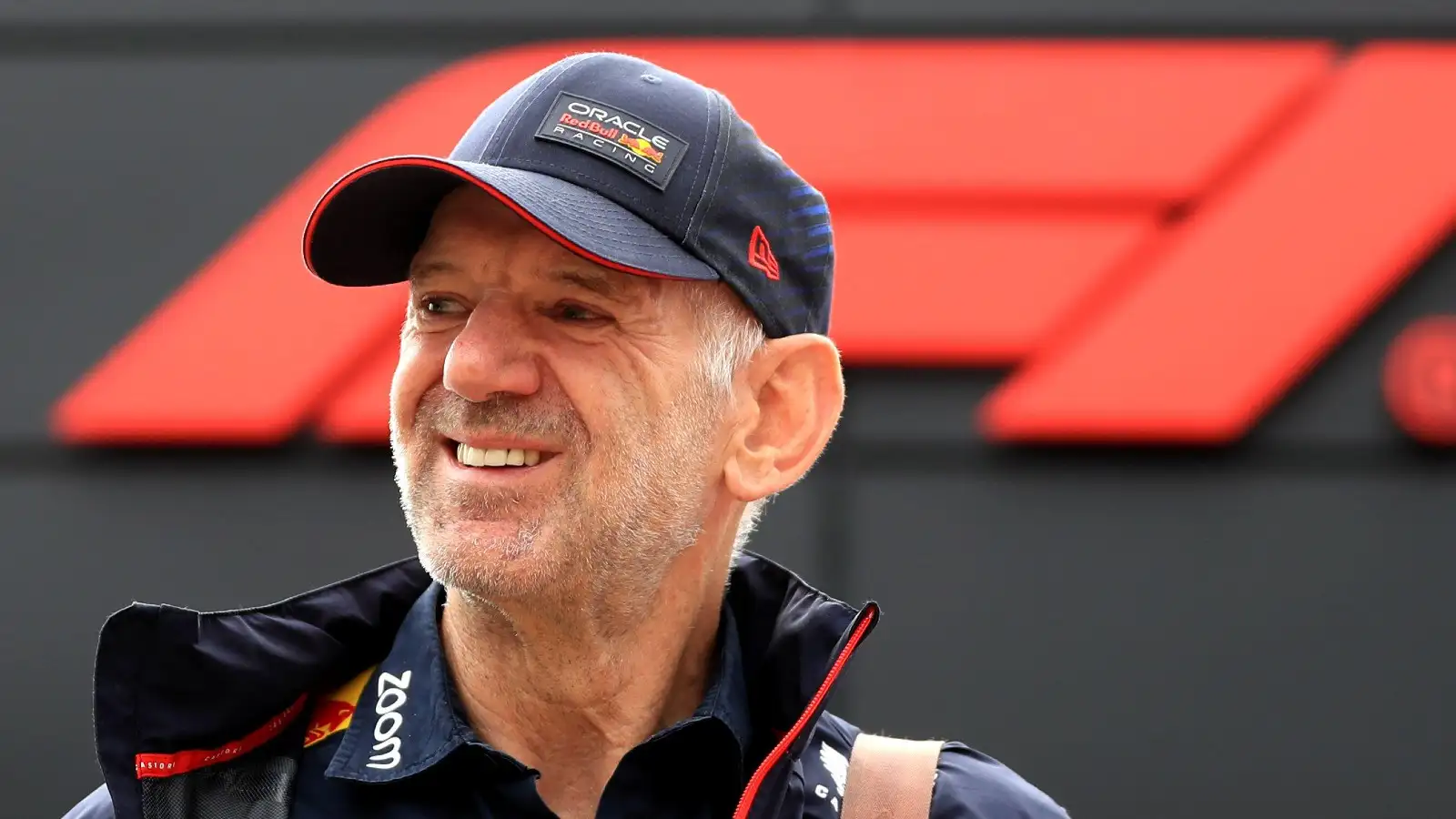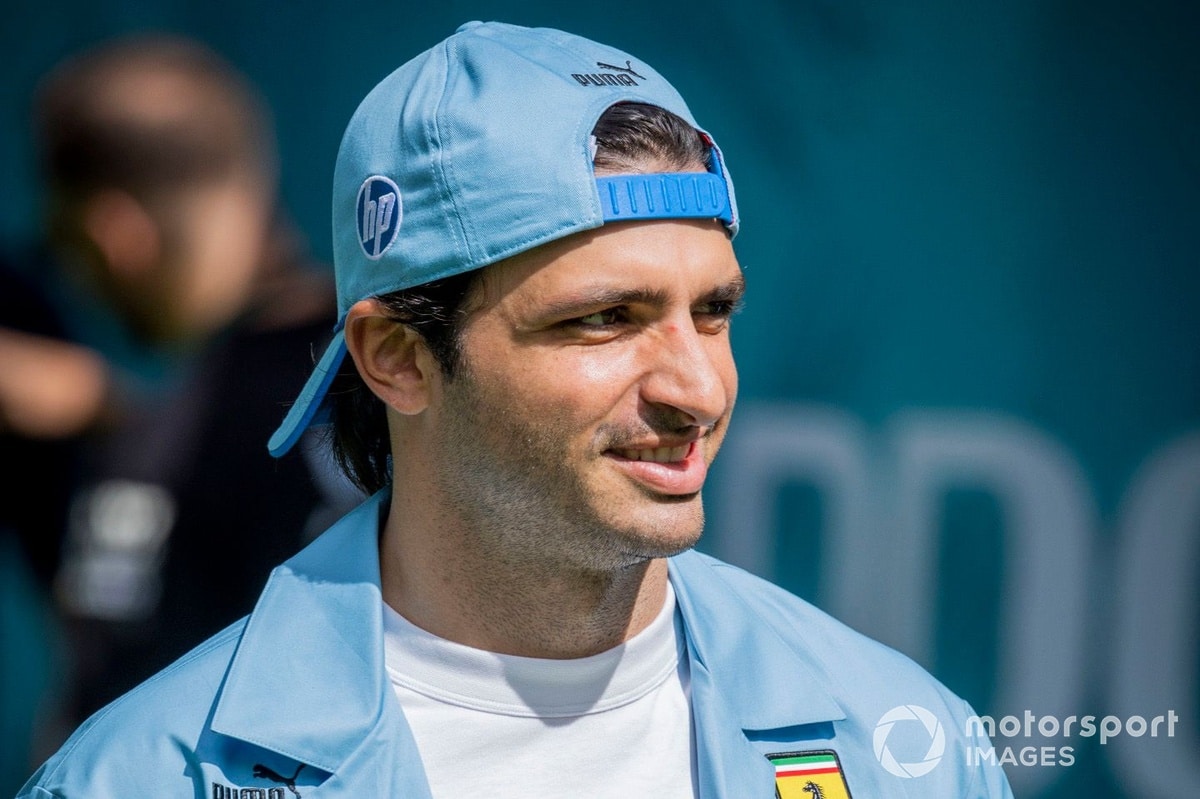In a gripping showcase of endurance and strategy, the Miami Grand Prix unraveled with unexpected twists as Lewis Hamilton and Charles Leclerc tackled the race, only to land in seventh and eighth places respectively, a minute adrift from Oscar Piastri’s winning pace.
Saturday’s qualifying events highlighted the underlying issues with the SF-25. Hamilton ended up in 12th place, while his teammate settled for 8th, trailing behind Williams. The gap from pole was over half a second, unmistakably showing the car’s underperformance. Ferrari grappled with problems in the braking zones and had trouble exiting corners due to an unstable rear end, notably evident in the initial sector where Leclerc ceded 0.4s to Verstappen.
In the race’s second sector, things deteriorated further. Leclerc’s struggles with oversteer and rear grip were exacerbated on track sections between T11 and T16. Overheating tires complicated their handling challenges, painting a precarious picture for Ferrari’s prospects early in the weekend. Williams set a quicker pace than Ferrari, and Hamilton lagged nearly a second per lap behind Piastri, formulating a narrative unforeseen for Ferrari as the fifth-fastest in Miami.
At the race’s commencement, Hamilton wielded hard tires and quickly overtook Hadjar, yet found himself stuck behind Ocon till lap 23. Concurrently, Leclerc tried to maneuver past Williams without success. Albon and Sainz adjusted their strategies in line with Mercedes, indirectly aiding Ferrari. A Virtual Safety Car enabled Ferrari to capitalize on pit opportunities, reducing their time loss significantly under yellow flag terms.
The race saw Leclerc and Sainz engage in an enthralling battle post-VSC. Leclerc’s aggressive move under green flag conditions paid off, with Hamilton seizing the opportunity to advance. Nevertheless, position swaps within Ferrari were delayed; Hamilton often found himself hampered by his teammate’s pace and could have benefited from earlier strategic swaps to conserve tire longevity.
With positions finally swapped by lap 39, Sainz was trailing slightly, allowing Ferrari to pursue Antonelli. However, despite coordination attempts, their progress lagged. The Mercedes driver maintained his distance due to earlier tires wear. As Hamilton’s pace waned towards the end, another swap placed Leclerc ahead, who managed to close in on Antonelli, albeit too late to make a significant impact. A stronger communicative strategy might have enabled a viable challenge to the Mercedes contingent.
Ferrari’s challenges persist with the SF-25’s sensitivity to ride height adjustments. The Miami GP results were a testament to the narrow optimal performance window that Ferrari finds elusive. Even as the European circuits beckon, the Italian team is tasked with devising a strategy to bolster their competitiveness against frontrunners.
The Miami Grand Prix served as a stark reminder of Ferrari’s ongoing challenges with car setup and team strategy. Hamilton and Leclerc’s race, fraught with delayed decisions and tire management issues, underscored the urgent need for Ferrari to refine their communicative strategies and gain ground on rivals as they head into the European leg of the season.

